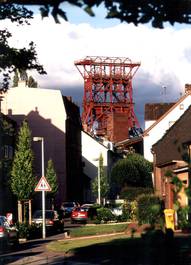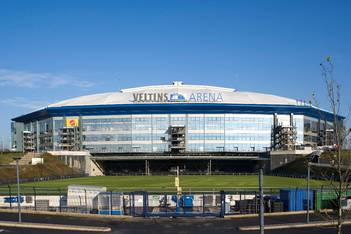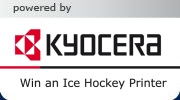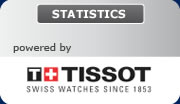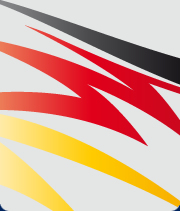|
an invitation to explore
The city of Gelsenkirchen invites its guests to come and be surprised. There is something waiting to be discovered around every corner. Experimental theatre in former colliery buildings, for instance. Or state-of-the-art research facilities on the site of a disused steelworks. Among the favourite places of many Gelsenkircheners are the workers' housing estates, which give them a sense of familiarity and home. Originally built for the miners who moved to the city, they offer an intact community that no one would wish to be without – even though coal is no longer mined in Gelsenkirchen.
Today, the winding gear is silent, but beneath it there's plenty afoot. At the Consoltheater, for example, actors and artists are breathing new life into what was once a mining site. Elsewhere, trails and cycle paths trace the route of the former ore railway. Industrial heritage is giving way to the new. Take Nordstern (lit. North Star), for example. Once the name of a coal mine, Nordstern today stands for the parkland site by the Rhine-Herne canal that was created for the Federal Garden Show in 1997. Here, children, big and small, gather at the world's largest three-wire model railway. And the fun reaches new heights at the climbing wall maintained by the German Alpine Society, a major attraction for daring sports enthusiasts and amateur climbers alike. After dusk, a visit to the canalside amphitheatre, which seats 6,100 people, is a popular highlight.
The Forest of Sculpture melds industrial heritage with art and nature, making explorers of anyone who enters. Especially recommended is the climb up the 'Stairway to Heaven' to the top of the spoil heap, where a Hermann Prigann sculpture awaits, not to mention the magnificent panorama view. The Ruhr city's transformation to a forward-looking technology and energy metropolis can be experienced at first hand on a visit to the Science Park with its Photovoltaics Information Centre. Gelsenkirchen has also made a nationwide name for itself as a solar city.
Among the sights many visitors would not expect to find in Gelsenkirchen is the most important Renaissance building in northern Germany. Schloss Horst, a manor house built in 1554 by Rütger von der Horst, is now open to the public again after being painstakingly restored.
High-brow opera, operetta, ballet and musical productions are the speciality of the Music Theatre (MIR), while art lovers are drawn to the kinetic collection at the Municipal Museum, the Berger Feld Sculpture Park and the Halfmannshof artists' colony. Elsewhere, the 'Gelsenkirchen under National Socialism' documentation centre offers visitors an opportunity to confront the past.
It's always worth spending a few days in Gelsenkirchen. Situated at the heart of the Ruhr and boasting excellent transport links, the city is also an ideal base for exploring the region.
...more than just a stadium
On 13th August 2001, a new age began for FC Schalke 04. At an inauguration ceremony full of atmosphere, the Royal Blues ushered in the era of the VELTINS-Arena. The traditional German football club had built itself a new home, a home that in terms of functionality and modernity represented a quantum leap, not only in comparison with its predecessor, the Park Stadium. With its retractable pitch, closable roof, movable South Stand and videocube, the Arena immediately assumed the mantle of Europe's most modern stadium. Hi-tech that ensures that football matches can be staged in front of 61,673 fans (and more than 70,000 for pop concerts) 365 days a year.
In its first two years of operation the stadium exceeded even the most optimistic of expectations. Whereas the club reckoned with an annual attendance of 1.5 million at 30 events, some 4.1 million visitors have already passed through its doors at the 76 events held to date. The decision to build the Arena in the largest conurbation in Europe has thus paid off. A total of 6.4 million people live within 50 kilometres of the multipurpose stadium, and as many as 60 million in the wider catchment area within a 250 kilometre radius.
And they have had plenty to choose from in the first 24 months, from opera and pop concerts to top-class winter sport. Whatever the event, thanks to its independence from the weather, the Arena always draws a large crowd.
An important factor in this success is that almost anything is possible in the VELTINS-Arena.
The security technology at this magnificent venue also came in for high praise. The Arena therefore merited an excellent testimonial simply for the planning that had gone into it, added Siegler, and set standards that had few equals anywhere in the world.
Yet the Arena has also built up an impressive reputation outside the realm of major events. Whether it's a meeting or an anniversary, a congress or an office party, a registry office marriage or a church wedding, the ultra-modern venue with its elegant and cosy ambience is well placed to cope with any requirement. And so, observers soon come to realise what the extraordinary technology already suggests - the Arena "AufSchalke" is more than just a stadium.
|

